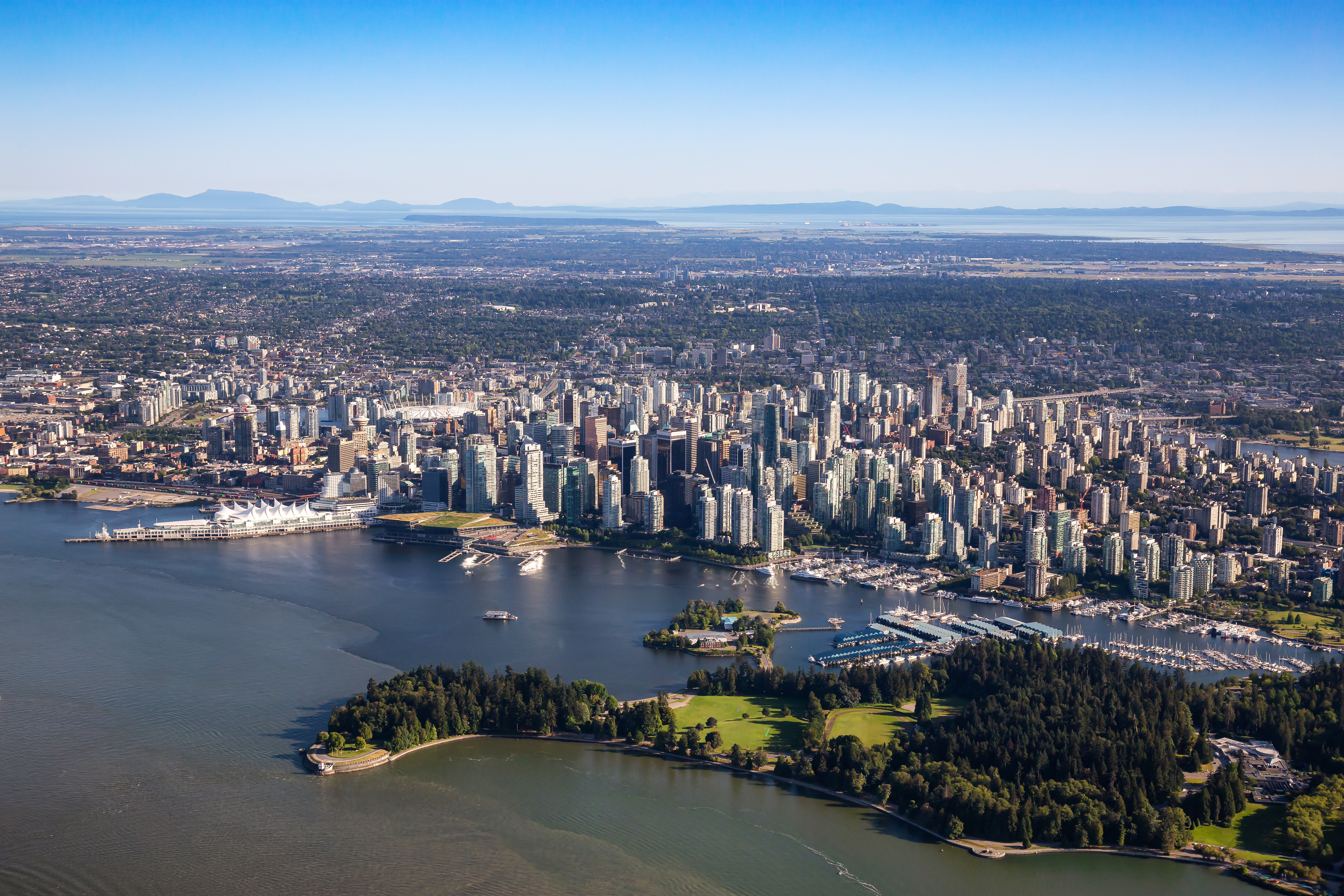The Greatest Alberta Landlord Responsibilities Guide
In continuing our series detailing the responsibilities of landlords across Canada, this guide focuses on landlords in Alberta.
In several areas, landlord responsibilities in Alberta differ substantially from those in other provinces. Understanding these nuances is the key to a smooth, legal, and stress-free rental operation.
Many of the guidelines offered below come from Alberta’s Residential Tenancy Act, so let’s first address this resource.
Familiarise yourself with Alberta’s Residential Tenancy Act
Residential Tenancy Act - Alberta
If there’s one resource that Alberta residential landlords should familiarise themselves with, it’s the Residential Tenancies Act (RTA) of Alberta.
The RTA provides a framework for landlord and tenant relations in Alberta setting minimum standards of conduct for both landlords and tenants. Based on this framework, here are the main responsibilities of landlords in Alberta.
Note: Learn more by checking out our list of helpful resources for Canadian property owners.
Screen appropriately
Before a tenant even signs on the dotted line, landlords are responsible for finding and screening tenants in a fair and indiscriminate way.
In Alberta, landlords can ask potential tenants questions that satisfy human rights legislation which means they can ask about:
- Income amount
- Credit history
- Previous landlord references
- Co-signor or guarantor requests
Conversely, landlords cannot refuse to rent to a tenant based on their:
- Race
- Colour
- Ancestry
- Place of origin
- Religious beliefs
- Gender (including pregnancy and sexual harassment)
- Gender identity
- Gender expression
- Physical disability
- Mental disability
- Age
- Marital status
- Family status
- Source of income
- Sexual orientation
For a deeper dive into proper tenant screening, read our Ultimate Canadian Tenant Screening Checklist.
Provide and sign the lease
In terms of must-haves, leases are mostly similar across Canadian provinces. Specifically for Alberta, they need to be in writing and include:
- Date of agreement.
- Names and addresses of all parties.
- Address or description of the location of the residential premises.
- Term of the tenancy.
- Rent amount, where, when, and how it is to be paid.
- Clauses about whether utilities, furniture, appliances, parking, etc. are provided and at whose expense.
- Names of the people who are permitted to live in the residential premises.
- Security deposit amount, interest, and what the landlord is allowed to deduct for at the end of the tenancy.
- Care, maintenance, and repair responsibilities.
- Insurance requirements.
- Rules for additional fees (such as NSF charges), guests, pets, etc.
- Signatures of landlord and tenant.
Beyond including all of this in your lease, it’s important to also make sure your tenants understand what they’re signing and provide clarification if needed.
Learn more about standard rental agreements in Alberta.
To find and sign a quality tenant in the easiest way possible, sign up for Rhenti.
Adhere to proper rent increase
When it comes to rent increases, there is no limit on how much landlords can increase it per year in Alberta. But they can only increase rent after a year has passed from either the start of the tenancy or when the last rent increase was made.
For example, if you increase rent on January 1st, 2023, you would only be able to increase rent again on or after January 1st, 2024.
There are also different notice periods for different rental situations which include:
- 3 months written notice for tenants in month-to-month agreements
- 12 weeks written notice for tenants in week-to-week agreements
- Stated increase date in the lease for fixed-term leases (where the lease has a specific end date), or 90 days if no date is specified
Read more about rent increases in Alberta.
Conduct maintenance and repairs
It's important to make sure that property maintenance responsibilities are clearly listed in your lease agreement, and that all parties understand who is responsible for what.
This includes to what degree tenants are responsible for keeping your unit clean and damage-free, and your responsibility as the landlord to maintain the property and make or arrange repairs.
In Alberta, landlords must ensure that:
- the living space is safe and meets minimum housing, fire, building, and health standards.
- the heating, wiring, and plumbing are in working condition.
- the structure of the building is maintained including windows, doors, walls, roofs, ceilings, floors, and stairs.
- the fridge and stove work are in working condition.
- the common areas are clean (common areas are the spaces shared with other tenants including hallways, stairs, and parking lots).
If you don’t plan on being the one making the repairs, you can also leave your tenants with the contact information of the individuals or companies that will be. Otherwise, you will need to be the middle person.
Read more about landlord maintenance obligations in Alberta.
Make sure your units are safe
Landlords in Alberta must make sure their units meet the Minimum Housing and Health Standards which state that:
- buildings must be kept in a waterproof, windproof, and weatherproof condition.
- all windows and outside doors must be kept in good repair, free of cracks, and be weatherproof.
- outside doors and windows must be capable of being locked. In the winter, windows must protect against the cold weather. In the summer, there must be screens for outside windows.
- stairs and railings must be in good repair.
- all walls, windows, ceilings, floors, and floor coverings must be in good repair, free of cracks and holes, and must be in a condition that makes them easy to clean.
- the furnace must be in good repair and be able to heat all living spaces to a temperature of 22 degrees Celsius. In the winter, when it is really cold, the furnace must be able to keep up a temperature of at least 16 degrees Celsius.
- if electricity, water, and heat are included in the rent, then the landlord must make sure that those utilities are provided.
- all hot running water must be between a temperature of 46 degrees Celsius and 60 degrees Celsius.
- the landlord must provide a refrigerator and stove maintained in a safe and proper operating condition.
- the property must be free of pest infestations. The tenant must cooperate with pest control measures.
Serve notice to enter the property
With 24 hours written notice, landlords in Alberta can enter occupied units without permission to:
- do repairs.
- inspect the state of repair of the rent premises.
- take necessary steps to control pests.
- show the rental premises to prospective purchasers, or mortgagees, or
- show the rental premises to prospective tenants after the landlord or tenant has given notice to end a periodic tenancy or in the final month of a fixed-term tenancy.
There are also situations where permission and notice aren’t required, such as when:
- the landlord has reason to believe there is an emergency, or
- the landlord has reason to believe that the tenant has abandoned the rental premises.
Learn more about when you can enter an occupied rental unit in Alberta.
Serve notice to end tenancy
A tenancy in Alberta can be ended for a number of reasons, most commonly when:
- the rental agreement was breached.
- the tenant found another place to live.
- the landlord wants to end the tenancy for a prescribed reason.
When ending tenancies without a stated end date, landlords must give the following amount of notice in writing:
- 1 week of notice for week-to-week tenancies.
- 3 months of notice for month-to-month tenancies.
- 3 months of notice before the last day of a tenancy year for yearly tenancies.
Read more about properly serving notice to end tenancy in Alberta.
Resolve disputes
If an issue between a tenant and landlord can’t be resolved through discussion, the proper way to resolve it is with the help of the Residential Tenancy Dispute Resolution Service (RTDRS).
As an alternative to the courts in resolving landlord and tenant disputes, the RTDRS will assess whether your issue is an offence under the Residential Tenancy Act. If deemed an offence, they’ll work with all parties involved to resolve the dispute.
Learn more about dispute resolution in Alberta.
Whether you’re just starting out in the rental market, or are a seasoned landlord looking to improve your game, we hope you’re able to put this guide to good use.
That said, it’s worth emphasizing again that most of these guidelines come from Alberta’s Residential Tenancy Act. Familiarizing yourself with this resource is the best way to learn how to run a smooth and legal rental operation in the province.
Looking to more easily manage your mounting responsibilities as a landlord? Rhenti makes the process of finding and signing the right renters fast and easier than any other way.
Sign up for Rhenti's industry-leading leasing software today and start renting easier!
The blog posts on this website are for the purpose of general introductory information. They can’t serve as an opinion or professional advice. Speak to a professional before making decisions related to your circumstances.


